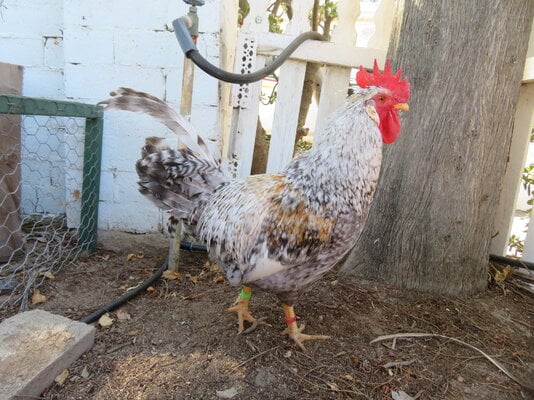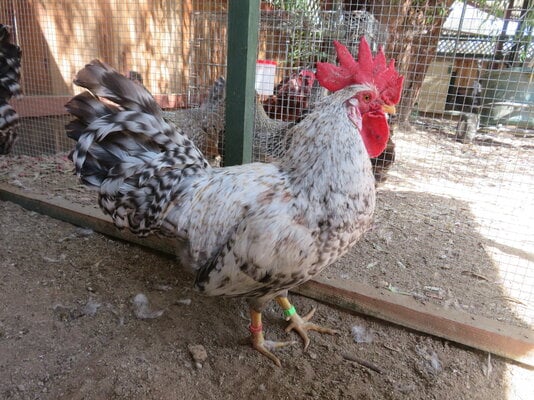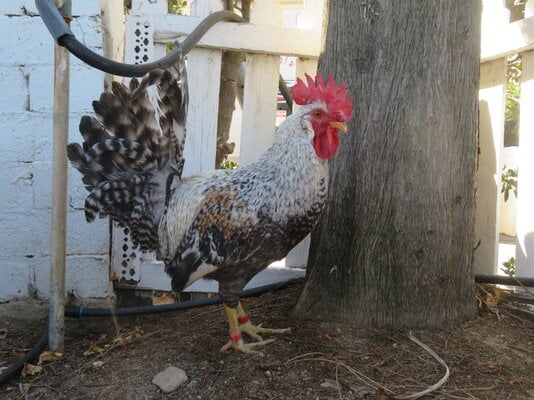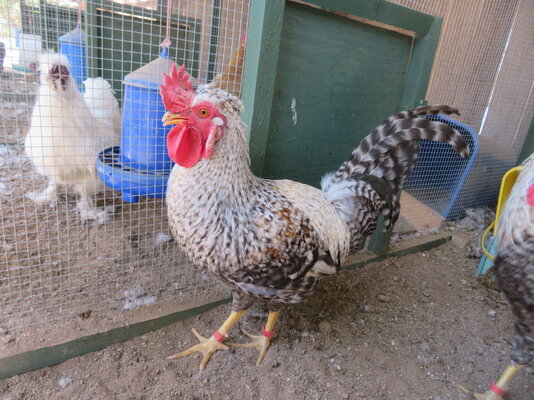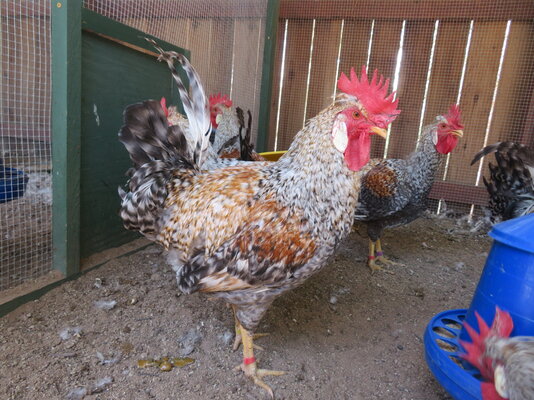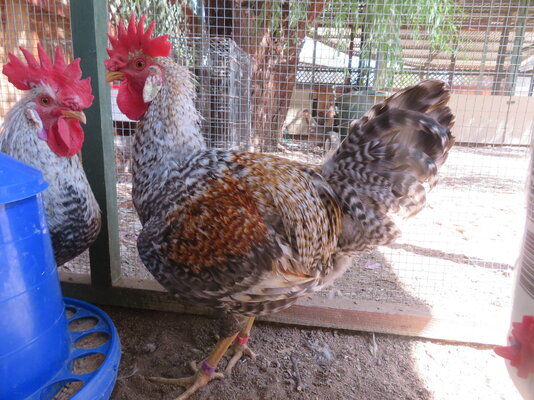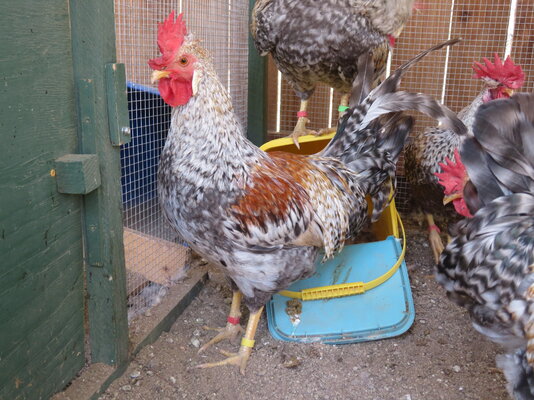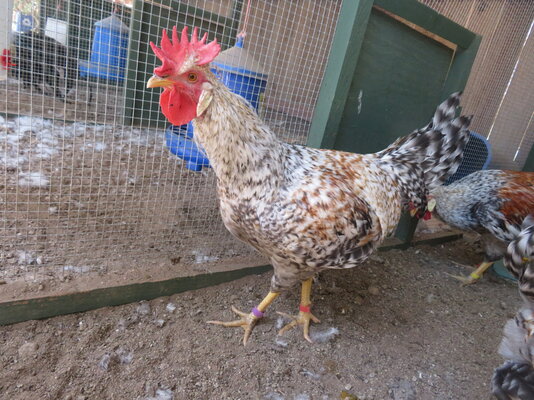The standard is for the tail on the cockerel to be 45 deg up from the horizon. Up to 60 degrees are still considered good for breeding. When you get past 90 deg. it is considered a severe defect that results in a disqualification in all-breed that doesn't specifically allow it in the breed standard (i.e. Japanese Bantams, etc.). The high tail angle indicates that the bird isn't built correctly for egg production. Lots of commercial hens have high tails and they will lay 300+ eggs in their first year of laying. I think that it is hard on them though if they are not built correctly for egg production. the commercial hens we had we lay 320-340 eggs in their first year but then drop to less than 100 eggs in their send year. Our Legbars on the other hand lay steady for 4 or more years. We have one hen that is 7 years old that still lays during the peak production months. So...high tails are a problem, but I personally have found that high tails are much easier to improve in a line than males with floppy combs. If I had one with a perfect comb and squirrel tail and one with a perfect tail and a floppy comb. I would take the one with the perfect comb. 
This is a good example of why cockerels should not be culled too early. We have kept 3-4 cockerels for 18 months to 2 years before the final selection before. choosing at 2 years is much easier than choosing at 6 months.
Now you get to see what the next grow outs are going to look like.

This is a good example of why cockerels should not be culled too early. We have kept 3-4 cockerels for 18 months to 2 years before the final selection before. choosing at 2 years is much easier than choosing at 6 months.
Now you get to see what the next grow outs are going to look like.


 My number #1 has the best comb out of all of them so I'm hoping for some good (or at least better) combs out of his offspring.
My number #1 has the best comb out of all of them so I'm hoping for some good (or at least better) combs out of his offspring.